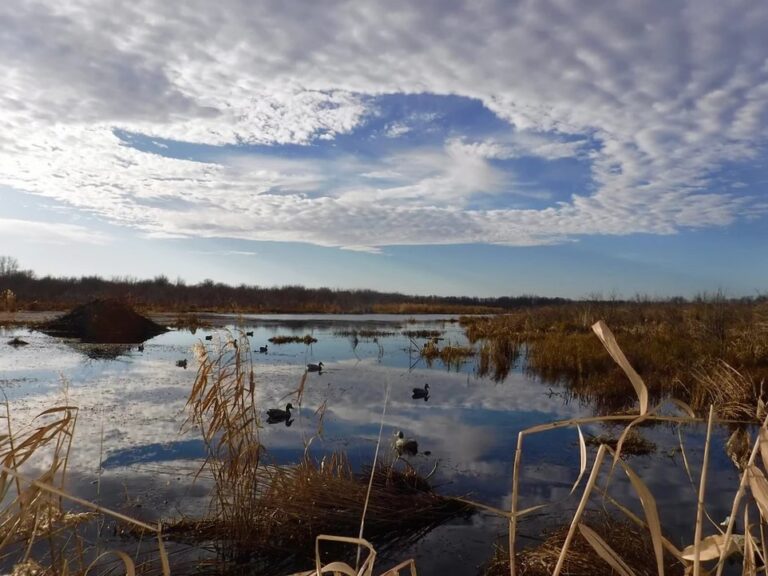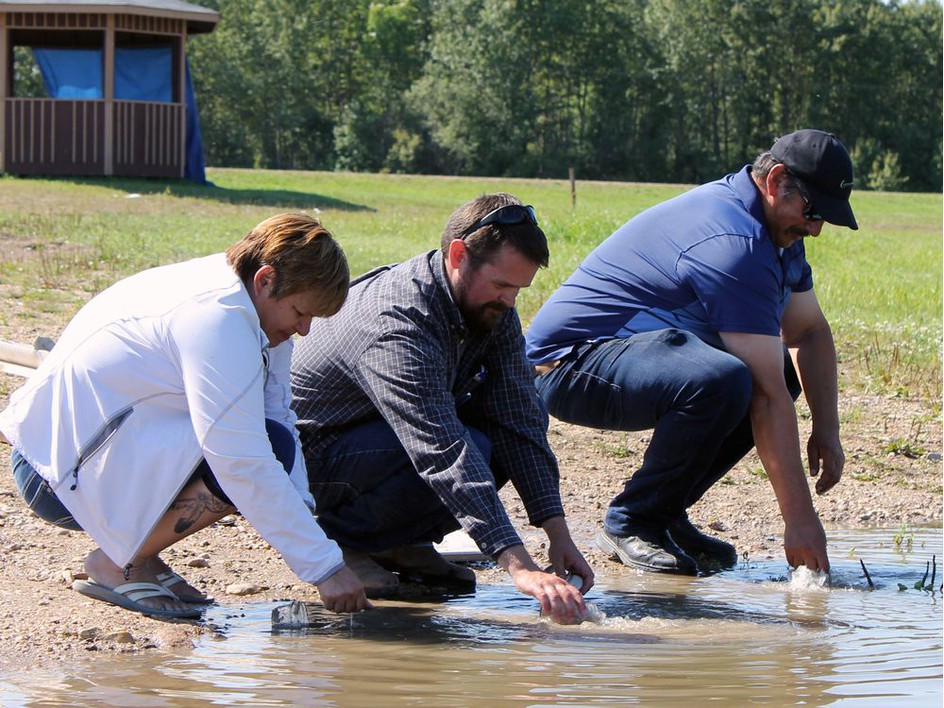
A new ecological reserve promises to protect a large portion of Saskatchewan’s land and water-based ecosystem. The newly protected Lobstick Lake area comprises nearly 98,580 hectares in northern Saskatchewan that have long been recognized as in need of conservation.
The reserve covers a part of the Saskatchewan River Delta south of Cumberland House that contains wetlands, lakes and river channels bordered by peat-forming fens and bogs.
Saskatchewan Minister of Environment Warren Kaeding made the announcement on Thursday saying the province hopes to increase the number of provincial protected and conserved areas.
“Establishing the Lobstick Lake representative area will promote the conservation of valuable wildlife habitat in the area,” Environment Minister Warren Kaeding said.
“This designation will ensure the protection and further enjoyment of this land for many years to come.”
The 10,000 square kilometres of marshes surrounding Cumberland House are home to North America’s largest inland river delta — the Saskatchewan River Delta. It also contains some of Canada’s most biodiverse areas — 80 per cent of which are wetlands.

Those wetland areas are popular nesting grounds for migratory birds, act as a filter for the Saskatchewan River and absorb harmful carbon dioxide from the air.
Cumberland House Cree Nation Chief Rene Chaboyer recently called for a meeting with Saskatchewan Premier Scott Moe to discuss Indigenous sovereignty in the Delta region.
Chaboyer stressed the importance of conserving the Delta for traditional land use and access to clean drinking water.
As stewards of the land, Chaboyer said it is Cumberland House’s position to protect the wetlands — which he called a “gift from the Creator that accords a sacred responsibility.”
The province said consultation with First Nations, area stakeholders and industry was an “integral part of the process in finding the balance” between conservation and development as recommended in the Pasquia Porcupine Land Use Plan.
The province established the Protected and Conserved Areas Network (PCAN) in response to national and international biodiversity conservation action planning.
Government has promised to protect 12 per cent of Saskatchewan’s land base. The addition of Lobstick Lake brings provincial protected areas under PCAN up to 9.8 per cent.
Land uses include fishing, hunting, trapping, tourism and some industrial development like peat extraction and forestry.
